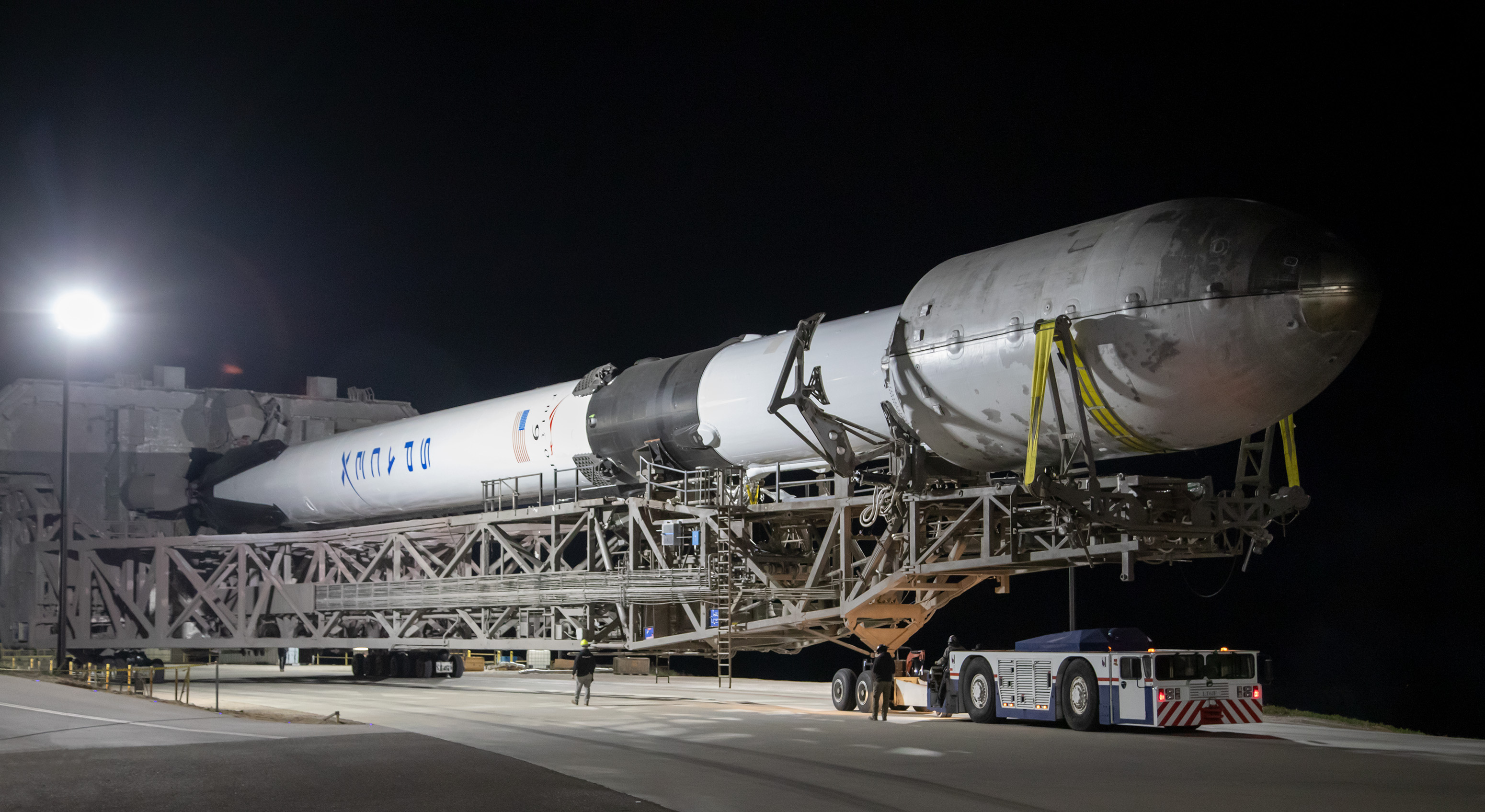
The United States regulatory watchdog, the Federal Communications Commission, has given SpaceX the green light to operate cellular service from its second-generation Starlink satellites. For telco One NZ, one of a small cluster of providers to sign up for the SpaceX direct to cellphone (D2C) service, the official approval brings the launch date closer for its offering.
"This gets us one step closer to launching the One NZ Satellite TXT service," One NZ spokesperson Nicky Preston said.
“We’re delighted that our partner SpaceX has received US regulatory clearance to launch its Starlink Direct to Cell service," she added.
One NZ is now looking at starting up its Satellite to Mobile service, which was pencilled in for a launch on December 31 this year. SpaceX now has 300 satellites in the D2C constellation which continues to grow, and Preston said One NZ is seeing improvements in its testing on a weekly basis, as the telco fine-tunes the user experience of the service offering.
“We’re aiming to launch the One NZ Satellite TXT service shortly, which will enable our customers to send and receive texts on eligible plans and devices within a matter of minutes.”
Any telco that signs up with @Starlink Direct to Cell can completely eliminate cellular dead zones for their entire country for text and data services. This includes coastal waterways and the ocean areas in between land for island nations. https://t.co/dDCRceCRSk
— Ben Longmier (@longmier) November 27, 2024
FCC's approval is conditional on the space-based mobile phone service not causing harmful interference, which means power output has to be limited. Asked if a lowered power output would be an issue for One NZ's service, Preston told interest.co.nz that the telco didn't think it would be.
To recap, the service will initially only provide short messaging service (SMS) texting, with voice calls and "basic data" coming at an unspecified later data. The One NZ service will run in the 1800 MHz mid-band spectrum using the 3GPP 4G LTE mobile industry standard, whereas United States telco T-Mobile uses the 1900 MHz range.
Chile's Entel will provide Starlink D2C service for the telco's home country and Peru further north, along with Salt in Switzerland, Optus in Australia, Rogers in Canada and KDDI in Japan.
In New Zealand, competing telcos Spark and 2degrees are also testing satellite texting service, through Low Earth Orbit satellite company Lynk.
The Lynk service will use 900 MHz low-band spectrum.
8 Comments
Is this exclusive to One or are all telcos likely to sign up to SpaceX's Sat2Mob service?
It's One NZ only. Spark and 2degrees are looking at Lynk instead.
Terrible comm's from One NZ, they spend hundreds on thousands on TV advertising but are so short on technical information on their website its not even funny.
What technical information do you need?
The One Website is nothing but waffle. They should have a list of compatible phones up by now and what plans are getting the service. If they intend jacking up prices on the "eligible plans" just so I can get an extra text or two while I'm out of coverage I will take a pass. Phone manufacturers must already know what works and what doesn't. To be honest most people probably don't care less about this, its just I have absolutely zero service of any kind at one location I visit on a monthly basis.
which will enable our customers to send and receive texts on eligible plans and devices within a matter of minutes.”
What actual difference will this make to sending texts?🤔
Are they saying that texts will be able to be sent minutes after the satellite is up or that texts will take minutes? If the latter, that seems pretty slow....
I have been waiting years for this.
Use Case:
Walking in the "wilds"...
I carry a phone and portable solar panel that means I can can always send my location in an emergency.
YES i shoudl have a PLB (beacon) as well!
I have my best 4 legged friend and the beatie bucks me off and takes off as some loose crisp packet is obviouly deadly!
The beastie cannot work the normal PLB as his hooves cannot flick the swtich; so how do I find him?
We need a solar powered, waterproof, "PLB" that can be be SMS'd to "turn on" to send the GPS location every 5 minutes.
Perfect!
Just got to wait for someone to build one.

We welcome your comments below. If you are not already registered, please register to comment.
Remember we welcome robust, respectful and insightful debate. We don't welcome abusive or defamatory comments and will de-register those repeatedly making such comments. Our current comment policy is here.